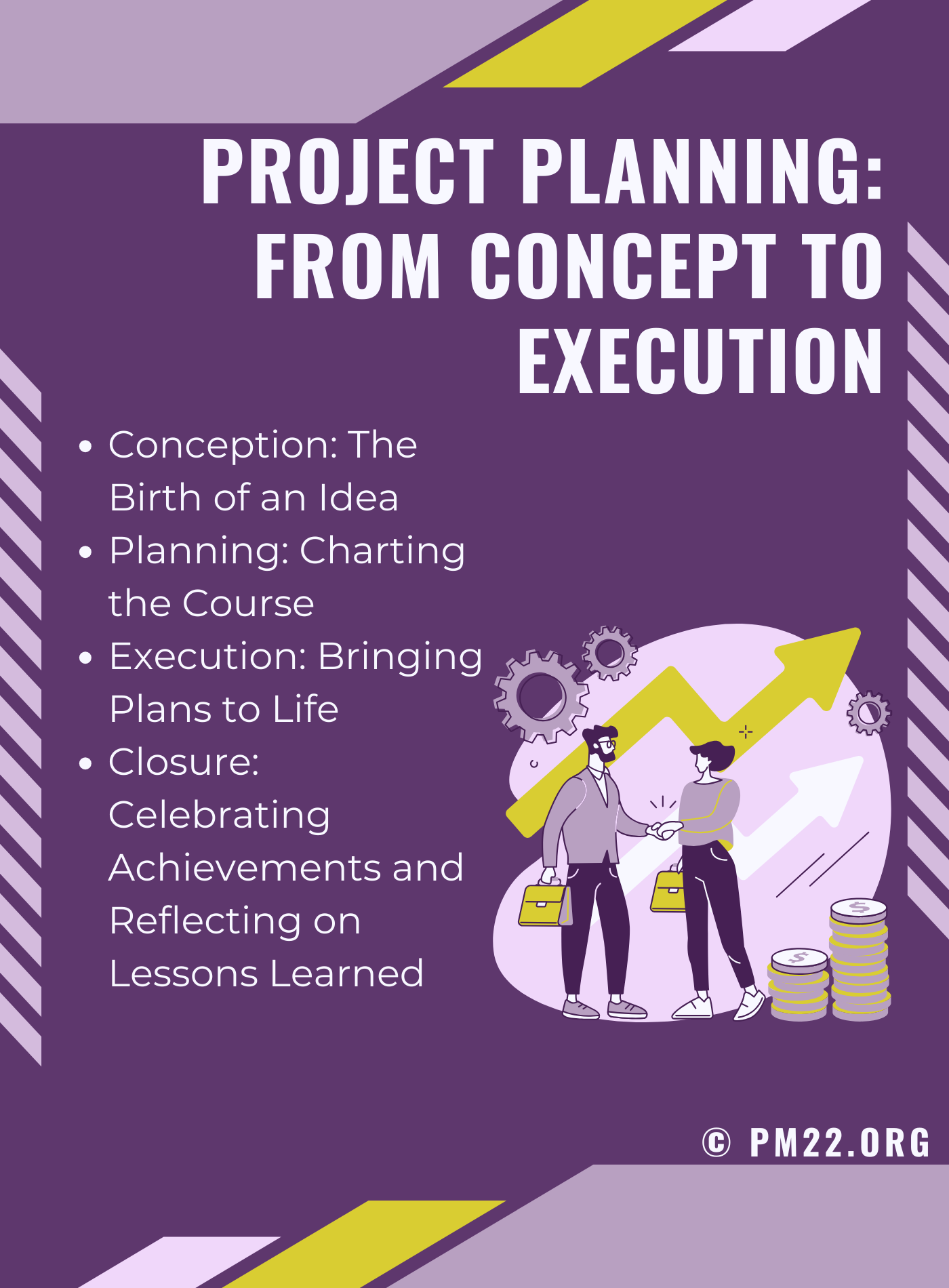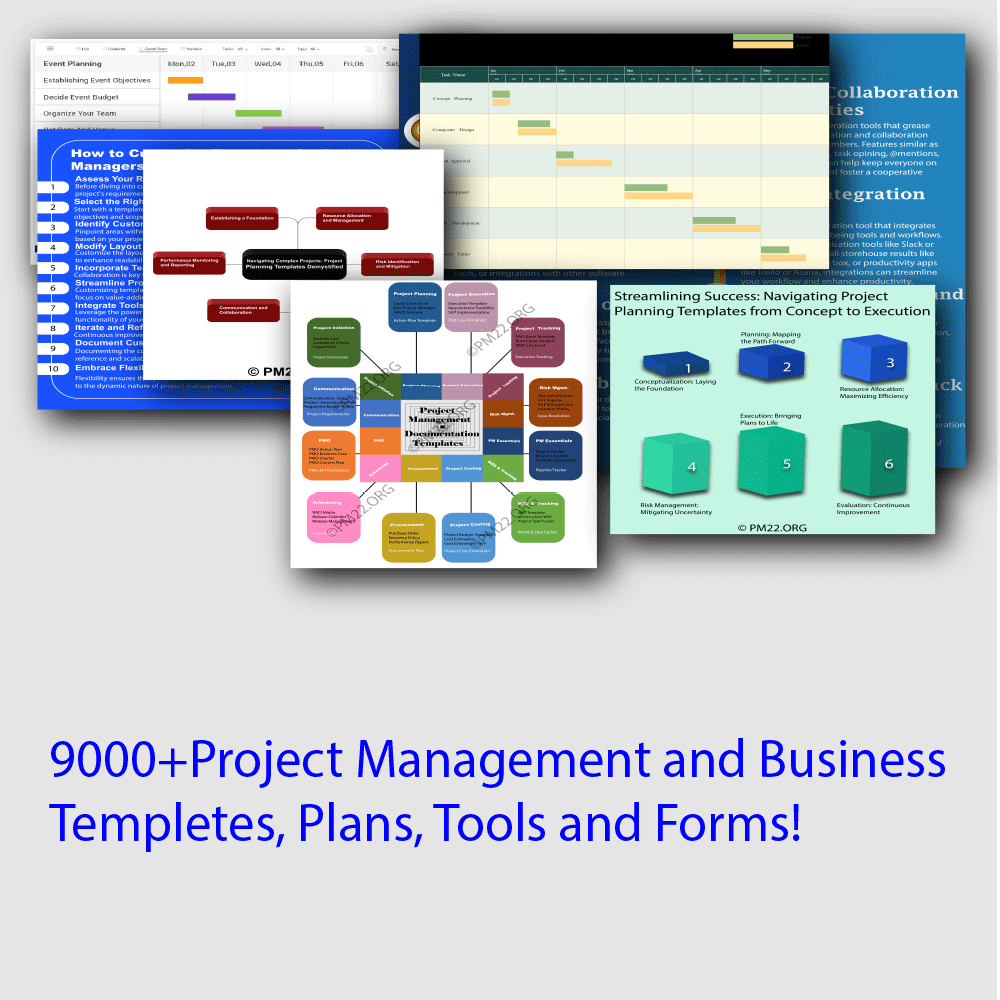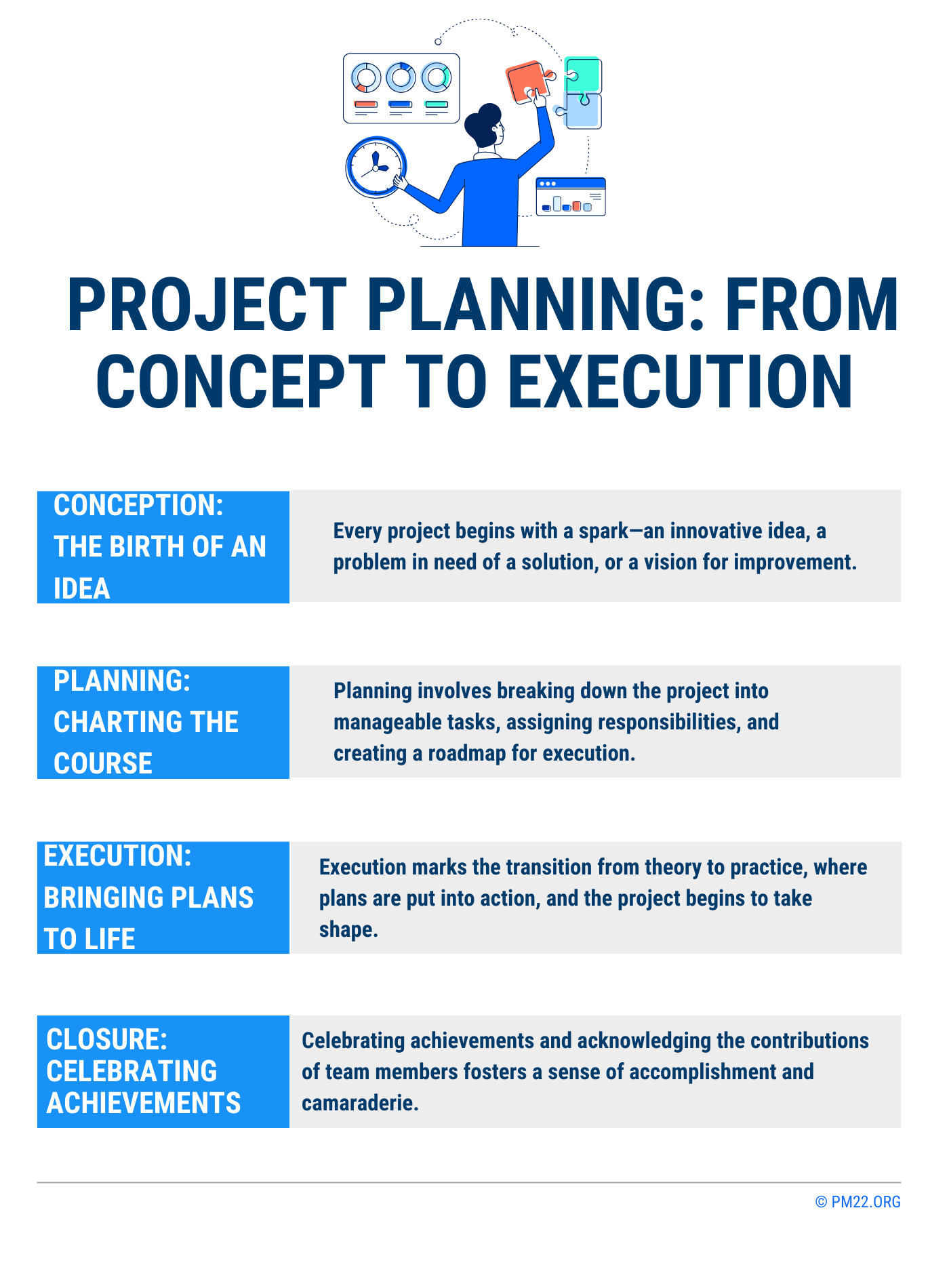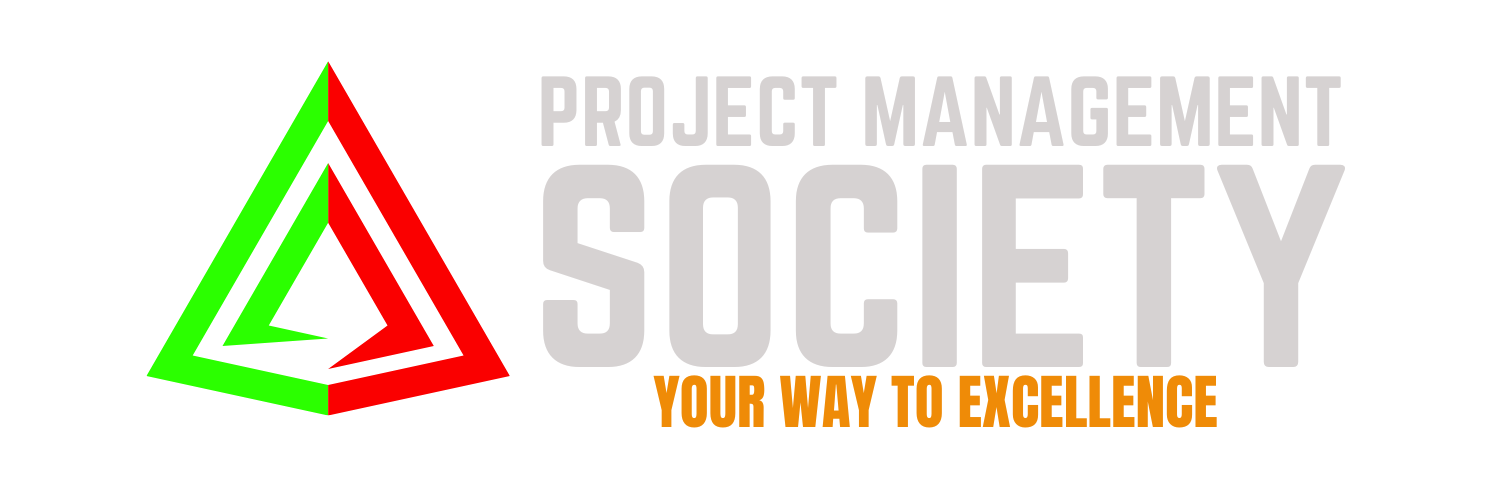 In the vast landscape of business endeavors, project planning stands as the compass guiding organizations from mere ideas to tangible achievements. It’s the blueprint that transforms abstract concepts into concrete actions, steering teams through the maze of tasks toward the coveted destination of success. From the inception of an idea to its execution, the journey of project planning is both an art and a science, requiring adept navigation through various stages.
In the vast landscape of business endeavors, project planning stands as the compass guiding organizations from mere ideas to tangible achievements. It’s the blueprint that transforms abstract concepts into concrete actions, steering teams through the maze of tasks toward the coveted destination of success. From the inception of an idea to its execution, the journey of project planning is both an art and a science, requiring adept navigation through various stages.
Conception: The Birth of an Idea
Every project begins with a spark—an innovative idea, a problem in need of a solution, or a vision for improvement. Conception marks the genesis of a project, where stakeholders brainstorm, explore possibilities, and define objectives. It’s a stage fueled by creativity and fueled by strategic thinking, laying the groundwork for what’s to come.
During this phase, clear communication is paramount. Stakeholders must align their visions, articulate goals, and outline expectations. Thorough research and feasibility studies help assess the viability of the project, identifying potential challenges and opportunities. Additionally, establishing a solid foundation by defining scope, budget, and timeline sets the stage for effective planning and execution.
Planning: Charting the Course
With the vision in place, the next phase is akin to charting a course on a map. Planning involves breaking down the project into manageable tasks, assigning responsibilities, and creating a roadmap for execution. This stage demands meticulous attention to detail, as every decision made here influences the project’s trajectory.
CLICK HERE TO DOWNLOAD 300+ PROJECT MANAGEMENT TEMPLATES & DOCUMENTS IN EXCEL
One of the critical components of planning is risk management. Anticipating potential obstacles allows teams to develop contingency plans, mitigating the impact of unforeseen challenges. Moreover, resource allocation ensures that the project has the necessary manpower, technology, and finances to progress smoothly.
Effective communication remains central throughout the planning phase. Regular meetings, status updates, and collaboration tools foster transparency and alignment among team members. Clear channels of communication not only facilitate coordination but also promote accountability and problem-solving.
Execution: Bringing Plans to Life
Execution marks the transition from theory to practice, where plans are put into action, and the project begins to take shape. This phase requires a harmonious blend of strategy and adaptability as teams navigate through tasks, milestones, and deadlines.
Effective leadership plays a pivotal role in driving the execution phase forward. Project managers must inspire and motivate their teams, providing guidance, support, and direction when needed. Additionally, leveraging technology and automation streamlines processes, enhancing efficiency and productivity.
Continuous monitoring and evaluation are essential during the execution phase. Tracking progress, identifying bottlenecks, and addressing issues in real-time ensure that the project stays on course. Moreover, fostering a culture of feedback encourages learning and improvement, enabling teams to iterate and refine their approach as needed.
Closure: Celebrating Achievements and Reflecting on Lessons Learned
As the project nears completion, closure provides an opportunity for reflection and celebration. This phase involves tying up loose ends, delivering final deliverables, and conducting post-mortem reviews to assess the project’s overall performance.
CLICK HERE TO DOWNLOAD 300+ PROJECT MANAGEMENT TEMPLATES & DOCUMENTS IN EXCEL
Celebrating achievements and acknowledging the contributions of team members fosters a sense of accomplishment and camaraderie. Moreover, reflecting on lessons learned allows organizations to glean valuable insights that can be applied to future projects, thereby fostering a culture of continuous improvement.
In conclusion, project planning is a dynamic and iterative process that guides organizations from concept to execution. By fostering collaboration, communication, and strategic thinking, teams can navigate through the various stages of project planning with clarity and confidence, ultimately achieving their goals and driving success.
